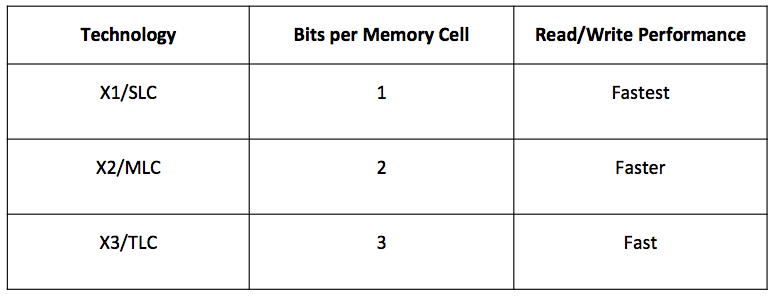Building the Best Storage Architecture
I don’t have a single synthetic app on my smartphone. Not one.
I do have a lot of apps on my phone. Photography apps. Video apps. Social media, travel, music, weather, email, news, gaming apps. Based on the number of apps I use and how full my phone is, I would consider myself a smart phone enthusiast. And I really, really care about how apps perform on my phone.
Can I do burst photography? Can I capture HD and UHD video? Can I switch between apps fast? This matters to me.
Since I don’t have any synthetic apps, I don’t particularly care about synthetic performance. I care about application performance.
Designing for Application Performance
At SanDisk, we design our storage products based on how a customer’s device needs to work. Our approach to product development has advanced beyond designing for synthetic benchmarks, similar to the CPU industry’s shift more than ten years ago. We are confident that the storage industry will progress to better understand that application performance is what really matters.
A “one performance benchmark fits all” approach to embedded storage totally misses the mark on the real world use cases of how people actually interact with applications on their mobile devices. Due to our targeted focus on flash memory at SanDisk, we thoroughly research how hundreds of applications used around the globe perform on phones, tablets, laptops and other devices. The engineers in our application profiling lab instrument these devices with monitoring systems to produce detailed studies of exactly how the storage interacts with applications and real world user experiences. (In fact, if you have meetings with our team members at Mobile World Congress in Barcelona this week, ask us about some of the stories from our engineers device testing with their kids and teenagers. They are hilarious and they show the extent that our team goes to understand exactly what stresses storage in the real world.)
Smarter Storage
Our latest embedded storage solution, the iNAND® 7132 is an incredibly informed technology design based on the data analysis of real world use case studies. We are thrilled to be announcing the iNAND 7132 at Mobile World Congress as it is our first product to feature the iNAND Accelerator Architecture with SmartSLC which intelligently detects an application’s storage needs.
Flash memory is designed to store data in each memory cell using one of three common designs:

From the hardcore mobile enthusiasts to very light and infrequent application users, the hours and hours of application profiling we completed gave our team the insight that the vast majority of applications don’t have intensive performance requirements. These applications are easily served using our X3 /TLC storage technology.
Despite this finding, OEMs still need to design products that can easily handle applications with high performance requirements.
Burst photography is a great example of an app that needs the highest quality embedded storage and the iNAND Accelerator Architecture with SmartSLC delivers the X1/SLC performance needed for burst photography applications so that in a matter of seconds 30 or more pictures can be captured. With an intelligent traffic management system that decides when to use these different storage partitions, for lower performance requirements the architecture writes to the X3/TLC partition and for apps with high performance requirements, the iNAND Accelerator Architecture leverages the SmartSLC storage partition.
If we had only focused on synthetic storage performance, the development of our innovative iNAND Accelerator Architecture with SmartSLC technology would not have been possible. Our application performance research brought us the insight that inspired incredible product innovation. I couldn’t be more proud of the team’s work and their great ideas about our next generation of products!
SanDisk’s OEM customers that have our iNAND 7132 product samples have a glimpse at why we think this is the best embedded storage architecture currently available in the market. We couldn’t be more excited about seeing it ship in phones, tablets and other devices in mass production.




